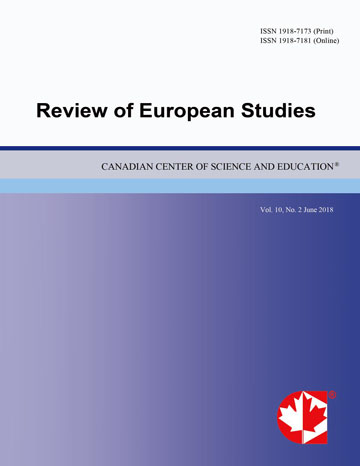Affective Priming in Visual-field Superiority
- Anamitra Basu
- Manas Mandal
- Martial Mermillod
Abstract
The present study aimed at examining the effects of a) stimulus structure, emotional content and presentation mode in eliciting visual-field advantage, and b) priming in eliciting visual-field advantage. Dependent variables in the experiment were recognition accuracy and response latency. Split visual-field paradigm was taken into account. Results using multivariate ANOVA suggested that recognition accuracy of emotional word with exogenous priming was significantly better than that of endogenous priming. Stimuli were significantly better recognized in left visual-field than in right visual-field. Unilaterally, rather than bilaterally, presented stimuli were significantly better recognized. Emotional content were intensely recognized than neutral content.
- Full Text:
 PDF
PDF
- DOI:10.5539/res.v3n2p129
Index
- ACNP
- CNKI Scholar
- DTU Library
- Elektronische Zeitschriftenbibliothek (EZB)
- EuroPub Database
- Excellence in Research for Australia (ERA)
- Genamics JournalSeek
- Google Scholar
- Harvard Library
- HeinOnline
- Infotrieve
- JournalTOCs
- Mir@bel
- Open policy finder
- RePEc
- ResearchGate
- ROAD
- Scilit
- Technische Informationsbibliothek (TIB)
- The Keepers Registry
- Universe Digital Library
- WorldCat
Contact
- Paige DouEditorial Assistant
- res@ccsenet.org
